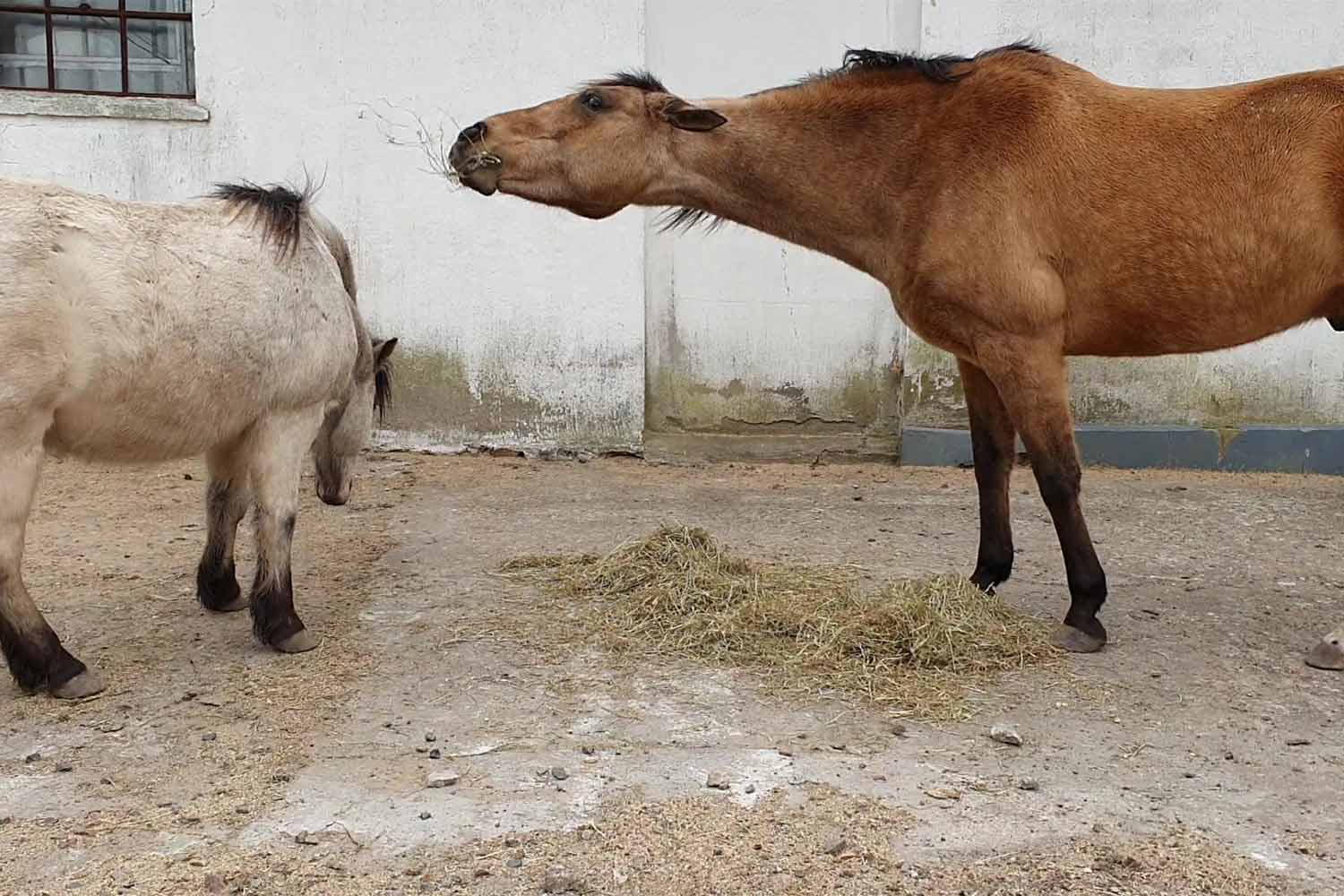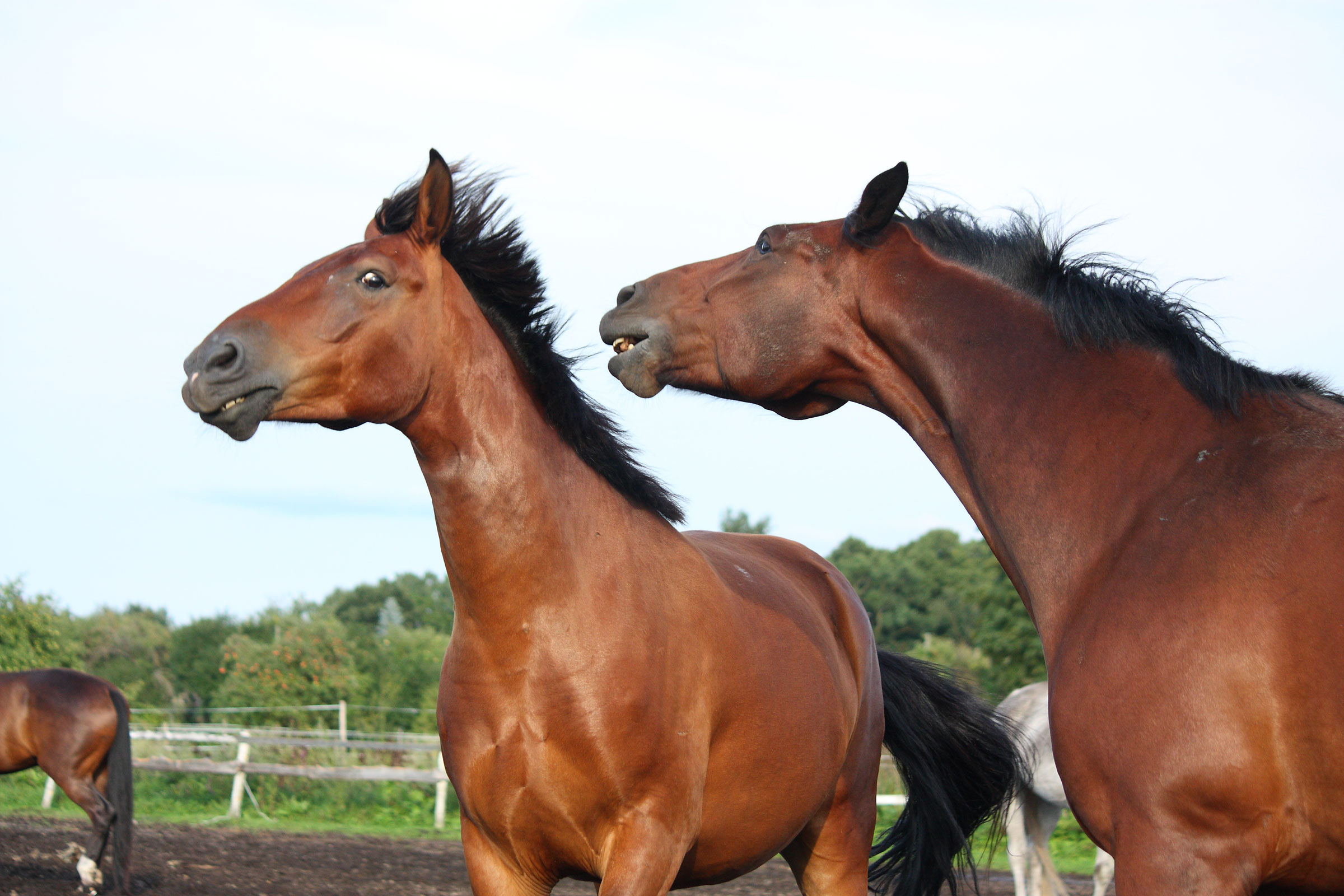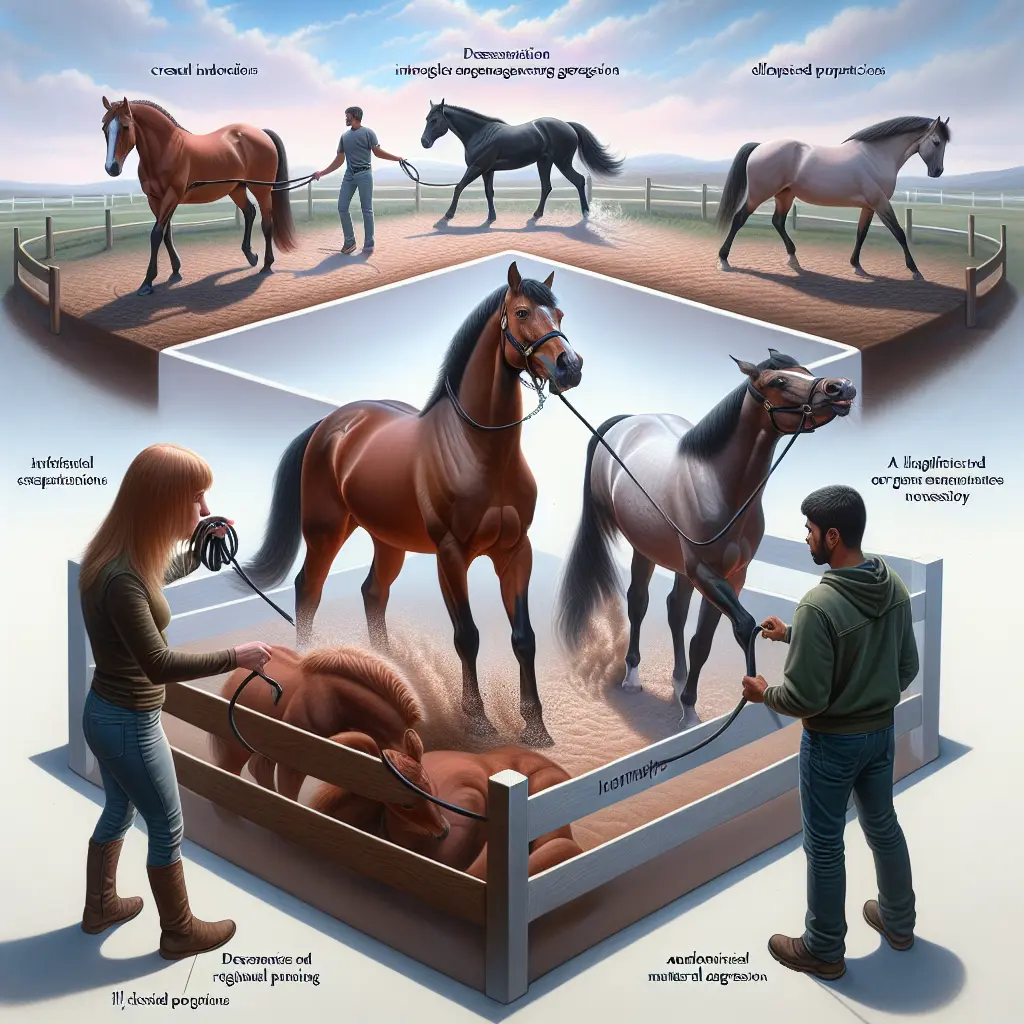Common Behavior Problems in Horses

Horses are majestic and intelligent animals, but like all creatures, they can exhibit behavior problems that challenge their owners and handlers. Understanding these common issues is crucial for effective management and ensuring the well-being of your horse. This article explores the most frequent behavioral problems in horses, their causes, and practical solutions.
Table of Contents

- Introduction
- Common Behavior Problems
- Biting
- Kicking
- Bucking
- Cribbing
- Weaving
- Stall Walking
- Causes of Behavior Problems
- Managing and Correcting Behavior Issues
- Frequently Asked Questions (FAQ)
Common Behavior Problems
| Behavior | Description | Possible Causes | Management Tips |
|---|---|---|---|
| Biting | Horse bites people or other horses | Fear, dominance, pain | Consistent training, vet check |
| Kicking | Horse kicks out at people or other horses | Fear, pain, territorial behavior | Safe handling, desensitization |
| Bucking | Sudden jumps or kicks while being ridden | Discomfort, fear, excess energy | Proper saddle fit, training |
| Cribbing | Horse bites on wood or objects, sucks air | Stress, boredom | Environmental enrichment, collars |
| Weaving | Swaying side to side in the stall | Anxiety, boredom | Increased turnout, companionship |
| Stall Walking | Pacing repeatedly in the stall | Stress, lack of exercise | More exercise, mental stimulation |
Causes of Behavior Problems
Behavioral issues in horses often stem from a combination of physical discomfort, environmental factors, and psychological stress. Common causes include:
- Pain or discomfort: Ill-fitting tack, dental problems, or injuries can cause irritability.
- Fear or anxiety: New environments, loud noises, or unfamiliar people can trigger defensive behaviors.
- Boredom and lack of stimulation: Horses are social and active animals; confinement without interaction can lead to stereotypic behaviors.
- Dominance and social hierarchy: Horses may exhibit aggressive behaviors to establish or maintain social status.
Managing and Correcting Behavior Issues
Effective management involves a combination of veterinary care, training, and environmental adjustments:
- Regular health checks: Rule out pain or medical issues.
- Consistent training: Use positive reinforcement and clear communication.
- Environmental enrichment: Provide toys, social interaction, and varied routines.
- Safe handling practices: Use protective gear and maintain calm body language.
Frequently Asked Questions (FAQ)
Q1: How can I tell if my horse’s behavior is due to pain?
A: Look for signs like reluctance to move, changes in eating habits, or sensitivity to touch.
Q2: What is the best way to stop cribbing?
A: Increase turnout time, provide toys, and consider cribbing collars as a last resort.
Q3: Can behavior problems be completely cured?
A: Many behaviors can be managed effectively, but some may require ongoing attention.
Q4: When should I consult a professional trainer or vet?
A: If behavior changes suddenly or poses safety risks, seek expert advice promptly.
Understanding and addressing common behavior problems in horses not only improves safety but also strengthens the bond between horse and owner. With patience and proper care, many issues can be managed successfully, leading to a happier, healthier horse.
